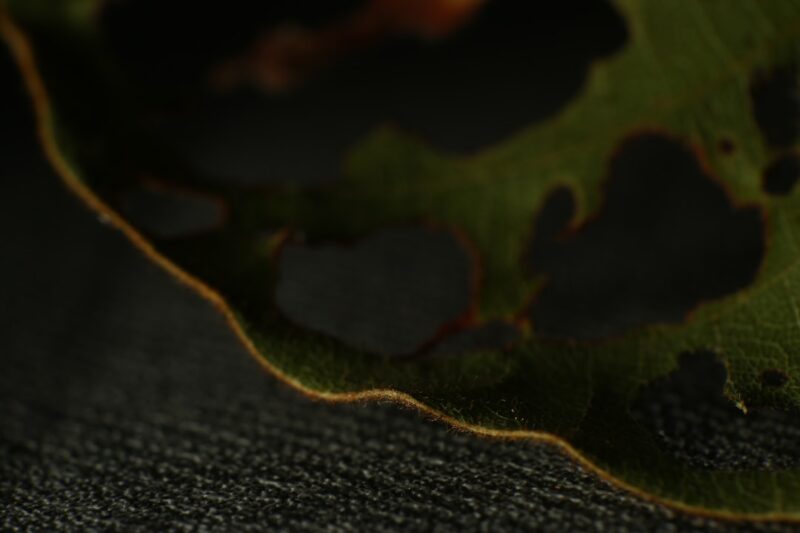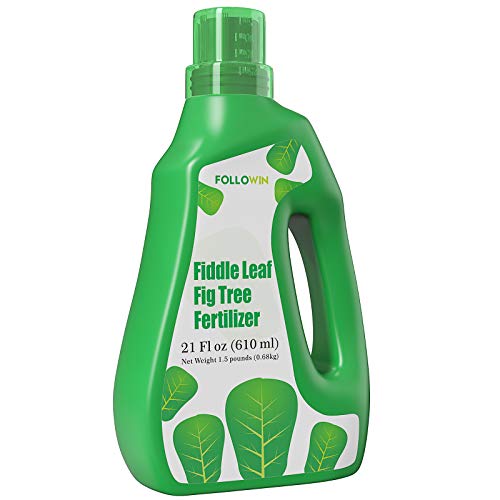Understanding Brown Spots on Fiddle Leaf Figs
If you're noticing small brown spots on your fiddle leaf fig, don't panic just yet! These beloved indoor plants can be a bit dramatic about their care, and brown spots are a common issue many plant parents encounter. Let’s dig into the possible causes and solutions to help you nurse your plant back to perfect health.

What Causes Brown Spots on Fiddle Leaf Figs?
The appearance of brown spots can result from several factors, from watering mishaps to light sensitivity. Here are the most common culprits:
| Cause | Symptoms | Solution |
|---|---|---|
| Root Rot | Brown/black spots often appear at the base or middle of leaves, along with wilting and leaf drop. Examination reveals mushy or slimy roots. | Repot with fresh soil, trim any rotten roots, and allow the top inch of soil to dry between waterings. Learn more about choosing the right soil for your fiddle leaf fig. |
| Underwatering | Crispy, tan spots near leaf edges; dry and compacted soil. | Water consistently when the soil feels dry 1-2 inches down, ensuring the plant gets a thorough soak. |
| Sunburn | Light brown spots or bleaching, mostly on top leaves after prolonged direct sunlight exposure. | Move the plant to bright, indirect light, and prune affected leaves if necessary. |
Don’t Ignore the Environment
Environmental changes can stress your fiddle leaf fig and contribute to brown spots. If you've recently moved the plant to a sunnier spot where it's now getting direct sunlight, it may have developed a sunburn. Fiddle leaf figs thrive in bright but indirect light. Placing them near a window with filtered sunlight is an excellent way to meet their needs without risking damage.
Check Your Watering Habits
Watering is another key factor in managing brown spots. Improper watering—whether too much or too little—can wreak havoc on your plant. Overwatering can lead to root rot, while underwatering causes dryness and crispy spots. Follow the golden rule: water when the top inch of soil is dry, and allow any excess water to drain freely. Curious about soil options? Here’s a guide to finding the best soil for fiddle leaf figs to maintain optimal conditions.
How to Prevent and Treat Brown Spots
- Repot When Needed: If it has been over a year since the last repotting, your plant may be root-bound. Transfer it to a slightly larger pot with fresh, well-draining soil.
- Monitor Drainage: Ensure the pot has proper drainage holes to keep water from pooling at the bottom, which can lead to root rot.
- Use Fertilizer with Care: Fertilize sparingly with a balanced indoor plant food, ensuring you're not overloading nutrients.
- Inspect for Pests: Tiny reddish-brown spots on young leaves could signal spider mites. Remedy this with a gentle water spray on the leaves’ undersides.
While damaged leaves won’t heal, you can prune them to make your plant look better and encourage new growth.
Careful Observation is Key
Your fiddle leaf fig is like a green detective; its leaves tell you what’s wrong. Whether the issue stems from watering, light conditions, or environmental changes, a little attention to its needs can make a big difference.
Have you dealt with brown spots on your fiddle leaf fig before? What helped you restore it back to its vibrant self? Share your tips in the comments below—I’d love to hear your experiences!








